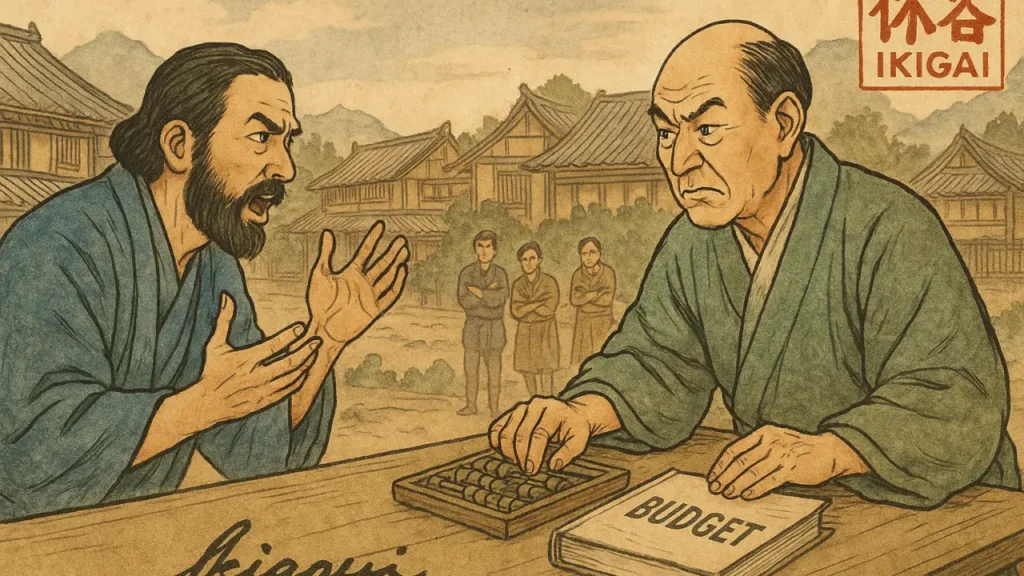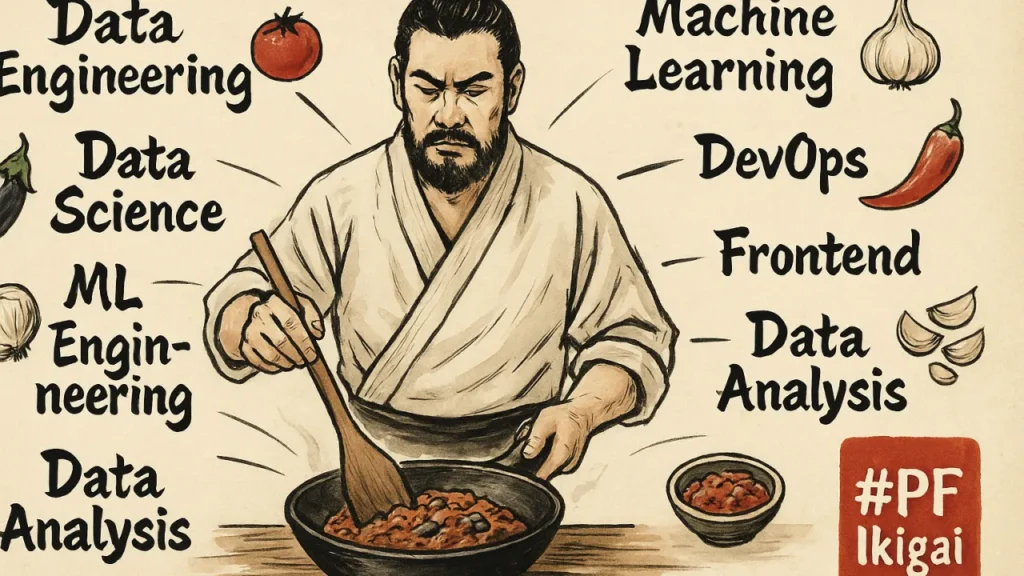Tech Writers at PF
Problems = Expectations – Reality
In leadership, the ability to manage problems effectively begins with setting the right expectations—both with stakeholders and within your teams. Problems often arise not from the challenges themselves, but from the misalignment between what is expected and the reality on the ground. As a leader, your role is to bridge this gap by fostering clarity, aligning goals, and recalibrating expectations when necessary. By taking a proactive approach to define realistic objectives and openly addressing constraints, you can create an environment where teams feel empowered to tackle challenges with focus and confidence. The foundation of successful problem-solving lies in this alignment, enabling leaders to turn potential roadblocks into opportunities for growth and innovation.
Over time, the challenges faced by leaders and teams in managing expectations and realities have given rise to a series of idioms and philosophies that capture these struggles in memorable ways. Engineers, with their unique knack for precision, often translate such wisdom into equations, turning abstract ideas into tangible formulas. I like to call these “Himanshu-isms”—simple yet profound expressions of the truths we encounter in our work. One such equation, Problems = Expectations – Reality, encapsulates the essence of how misalignment can create friction. It’s a reminder that managing problems isn’t just about solving what’s in front of you—it’s about bridging the gap between what people hope for and what is realistically achievable. Let’s explore how this equation comes to life in leadership.
This simple equation captures the essence of every challenge I’ve faced as an engineering leader. Problems don’t arise because of reality itself; they come from the gap between what we expect and what actually exists. As leaders, our role is to bridge that gap. One of the most memorable times I put this into practice was during my work on scaling Prime Video’s recommendation engine to 180+ countries.
The Expectation: Seamless Global Scalability
When I was tasked with rewriting the recommendation engine, expectations were sky-high. The vision was clear: deliver seamless, personalized content recommendations to millions of users worldwide, accommodating diverse languages, cultures, and viewing habits.
On paper, it seemed straightforward. But as I dug deeper, I realized that expectations often don’t account for the gritty realities beneath the surface.
The Reality: Complexity and Constraints
The reality we faced was far more complex than anyone anticipated. The legacy system wasn’t built for global scalability. It couldn’t handle the regional differences in content preferences, and we were up against tight deadlines, limited resources, and the constant demand for innovation.
The gap between the idealized expectation of a global-scale system and the constraints of our current reality was massive. Problems started emerging quickly—not as failures but as symptoms of misalignment.
Bridging the Gap: My Approach to Turning Problems into Opportunities
Instead of treating these problems as roadblocks, I approached them as signals that we needed to align expectations with reality. Here’s how I tackled the challenge:
1. Decomposing the Problem
The first step was breaking the challenge into smaller, actionable pieces. Instead of trying to solve for global scalability in one go, we focused on rebuilding the foundational architecture. This allowed us to support global data inputs while addressing regional differences incrementally.
2. Recalibrating Expectations
I sat down with stakeholders to reset expectations. I explained the complexities of scaling the system and emphasized the importance of an iterative approach. We aligned on the idea that the initial launches wouldn’t be perfect but would improve over time. This transparency reduced pressure on the team and built trust with stakeholders.
3. Leveraging Technology
To handle the complexity of diverse regional preferences, we leaned heavily on AI. By training machine learning models on both global patterns and local data, we created a system that delivered personalized recommendations that felt relevant, no matter where users were.
4. Aligning Teams Around Reality
Scaling required more than just technical solutions—it required collaboration. I worked to align engineering, product, and operations teams by sharing insights into the challenges we faced. When everyone understood the reality, we could work together more effectively to close the gap between expectation and execution.
The Outcome: Seamless Global Scaling
The results speak for themselves. The recommendation engine successfully launched in 180 countries, delivering personalized and culturally relevant content to millions of users. More importantly, it became a robust, scalable system that exceeded expectations over time.
But the real success wasn’t just the product—it was the process. By addressing the gap between expectations and reality, we turned a daunting challenge into an opportunity to build something truly transformative.
Lessons Learned
Looking back, this experience taught me several important lessons about leadership and problem-solving:
1. Reset Expectations Early
Misaligned expectations are the root of most problems. Open conversations with stakeholders can recalibrate their vision and reduce unnecessary pressure.
2. Embrace Iteration
Trying to solve everything at once is a recipe for failure. Focus on small wins and iterate toward a bigger solution.
3. Use Problems as Insights
Problems are not failures—they’re insights into gaps between where you are and where you need to be. Analyze them deeply and adjust your approach accordingly.
4. Balance Vision with Practicality
While it’s important to dream big, you must ground your plans in the realities of your team’s capacity and the challenges you face. Balancing ambition with pragmatism is key to sustainable success.
Final Thoughts: Bridging the Gap
This equation—Problems = Expectations – Reality—has shaped how I approach challenges as an engineering leader. Problems will always arise, but they’re not the enemy. They’re simply a reminder to align expectations with what’s real.
The key to solving problems isn’t about eliminating reality or lowering expectations—it’s about finding the bridge that connects the two. As leaders, building that bridge is one of our most important responsibilities.








